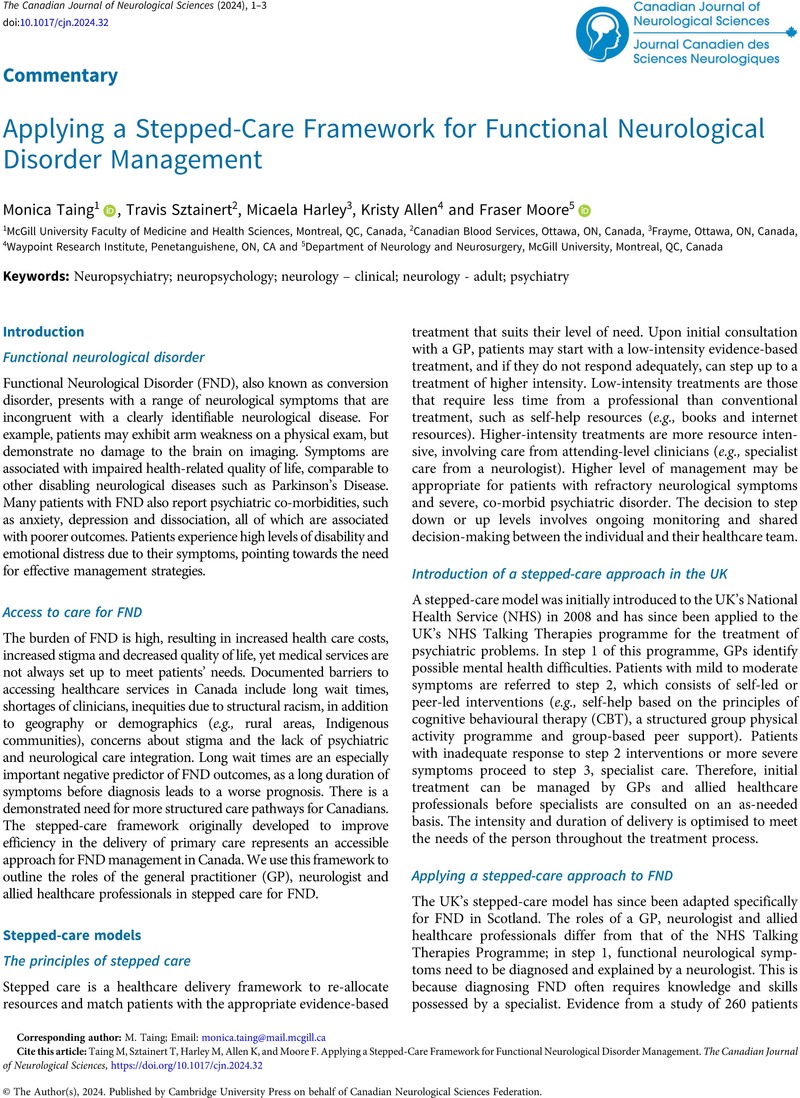Crossref Citations
This article has been cited by the following publications. This list is generated based on data provided by Crossref.
Dutta, Anirban
Hatjipanagioti, Katerina
Newsham, Matthew
Leyland, Lewis
Rickson, Lindsey
Buchanan, Alastair
Farkhatdinov, Ildar
Twamley, Jacqueline
and
Das, Abhijit
2024.
Co-design and Usability Evaluation of an Extended Reality Biofeedback Platform for Functional Upper Limb Weakness (Preprint).
JMIR XR and Spatial Computing,



